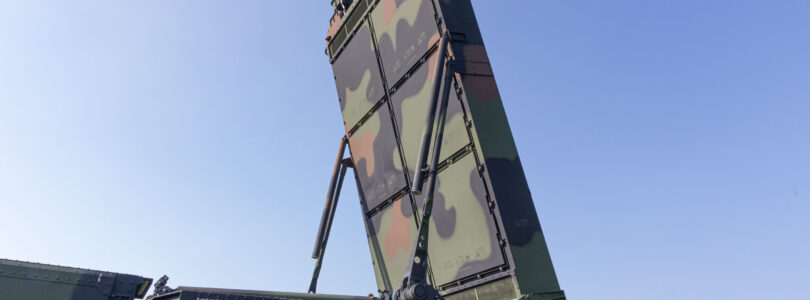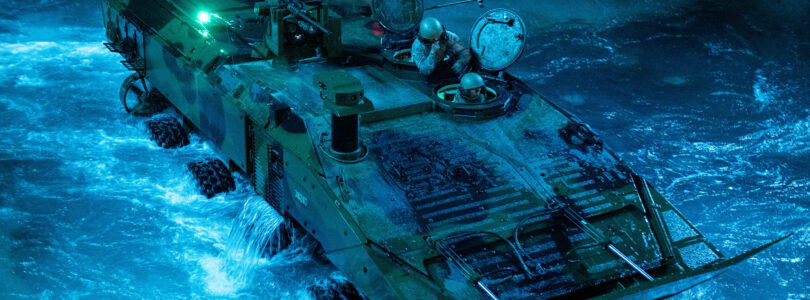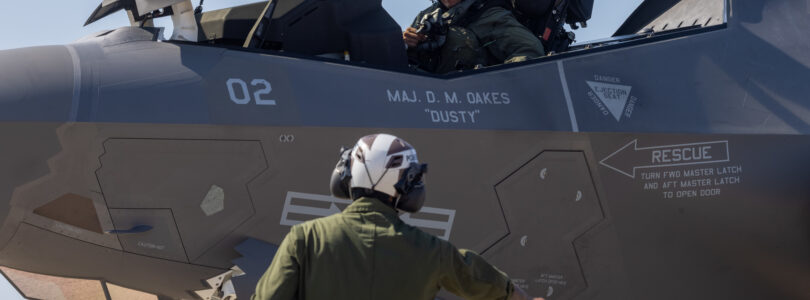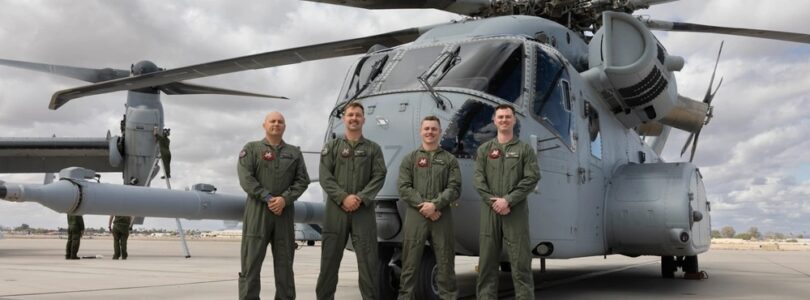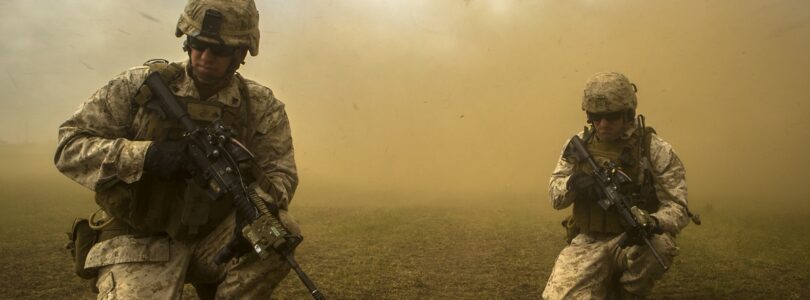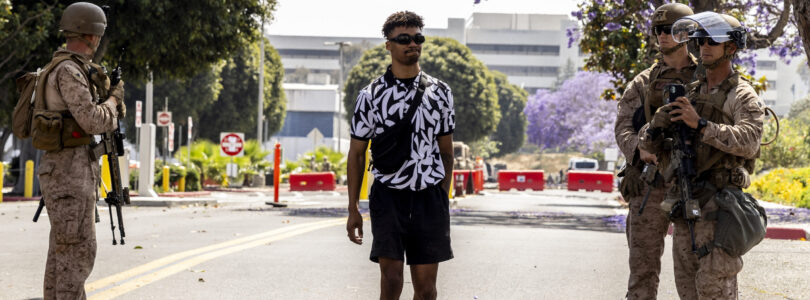News
Marines more than halfway through fielding of new 360-degree radar
The Marine Corps is more than halfway through receiving its most advanced radar system to date. So far, Northrop Grumman has delivered 35 of the AN/TPS-80 Ground/Air Task-Oriented Radar, or G/ATOR, systems to the service. A total of 60 are expected in the inventory by 2029, Katherine Rezniceck, product manager for the G/ATOR for Marine Corps Systems Command, told Marine Corps Times ahead of the an...[Read More]
Marines put new amphibious vehicle to the test in first at-sea drill
Marines conducted a complex at-sea readiness rehearsal for combat with the service’s new amphibious combat vehicle for the first time while their comrades worked on coastal defense training with partners in the Philippines. Nearly 200 Marines and 400 sailors from I Marine Expeditionary Force and Expeditionary Strike Group 3 conducted the drills off the coast of Camp Pendleton, California, from Oct...[Read More]
Marines put new amphibious vehicle to the test in first at-sea drill
Marines conducted a complex at-sea readiness rehearsal for combat with the service’s new amphibious combat vehicle for the first time while their comrades worked on coastal defense training with partners in the Philippines. Nearly 200 Marines and 400 sailors from I Marine Expeditionary Force and Expeditionary Strike Group 3 conducted the drills off the coast of Camp Pendleton, California, from Oct...[Read More]
Marines reactivate East Coast squadron with Corps’ newest fighter jet
The Marines have reactivated a fighter squadron with a lineage that traces back to Guadalcanal as the first East Coast squadron to fly the Corps’ newest fighter jet. Marine Attack Fighter Squadron 251, or VMFA-251, received its first F-35C Lighting II Joint Strike Fighter in mid-September before the unit officially reactivated in a ceremony at Marine Corps Air Station Cherry Point, North Carolina,...[Read More]
Marines reactivate East Coast squadron with Corps’ newest fighter jet
The Marines have reactivated a fighter squadron with a lineage that traces back to Guadalcanal as the first East Coast squadron to fly the Corps’ newest fighter jet. Marine Attack Fighter Squadron 251, or VMFA-251, received its first F-35C Lighting II Joint Strike Fighter in mid-September before the unit officially reactivated in a ceremony at Marine Corps Air Station Cherry Point, North Carolina,...[Read More]
Marines save injured motorcyclist stranded in California desert
A group of U.S. Marines rescued a wounded civilian stranded without food and water in the middle of the California desert last month, according to a service release. While conducting a routine flight aboard a CH-53K King Stallion helicopter near Twentynine Palms, California, on Feb. 11, a crew of Marines assigned to the Marine Operational Test and Evaluation Squadron One, or VMX-1, spotted a green...[Read More]
Marines take steps to hack human performance with data
After years of deliberation, the Marine Corps is taking its first steps to embrace a program that would aim to make jarheads the most lethal versions of themselves — from sleep and stress level control to marksmanship. The Office of Naval Research has begun work on an initiative known as Warrior Resiliency, which would use wearable technology and other data sensors to develop sophisticated predict...[Read More]
Marines temporarily detain man while guarding LA federal building
Shortly after they began guarding a Los Angeles federal building Friday, U.S. Marines detained a man who had walked onto the property and did not immediately hear their commands to stop. The brief detention marked the first time federal troops have detained a civilian since they were deployed to the nation’s second-largest city by President Donald Trump in response to protests over the administrat...[Read More]
Marines, Air Force fight as a joint force for the first time in the Navy’s Joint Simulation Environment
NAVAL AIR WARFARE CENTER AIRCRAFT DIVISION, Patuxent River, Md. – For the first time, U.S. Marine Corps F-35 and Air Force F-22 pilots trained as a joint fighting force in the Naval Air Warfare Center Aircraft Division’s (NAWCAD) Joint Simulation Environment (JSE) at Naval Air Station Patuxent River, March 24-27.
Marines, Sailors on West Coast Expand Do-It-Yourself Barracks Repair Program
Marines and sailors on the West Coast are expanding efforts to fix chronic barracks issues such as leaky sinks, drywall holes and broken window screens as units between California and Arizona tout success from last year’s Operation Clean Sweep.
Marines, Soldiers Set Up Tents and Cots at Guantanamo Bay for Trump’s Migrant Deportations
The weekend mobilization of troops is the latest move in the Trump administration’s effort to halt immigration at the southern border and conduct what he has described is the largest domestic migrant deportation operation in U.S. history.
Marine’s Award-Winning NPS Thesis Explores Mixed-Reality for Training Naval Aviators
As the naval aviation enterprise moves to fully integrate emerging virtual, augmented, and mixed-reality technologies into the spectrum of aviaton training, understanding the impact of these technologies on training effectiveness is paramount.

